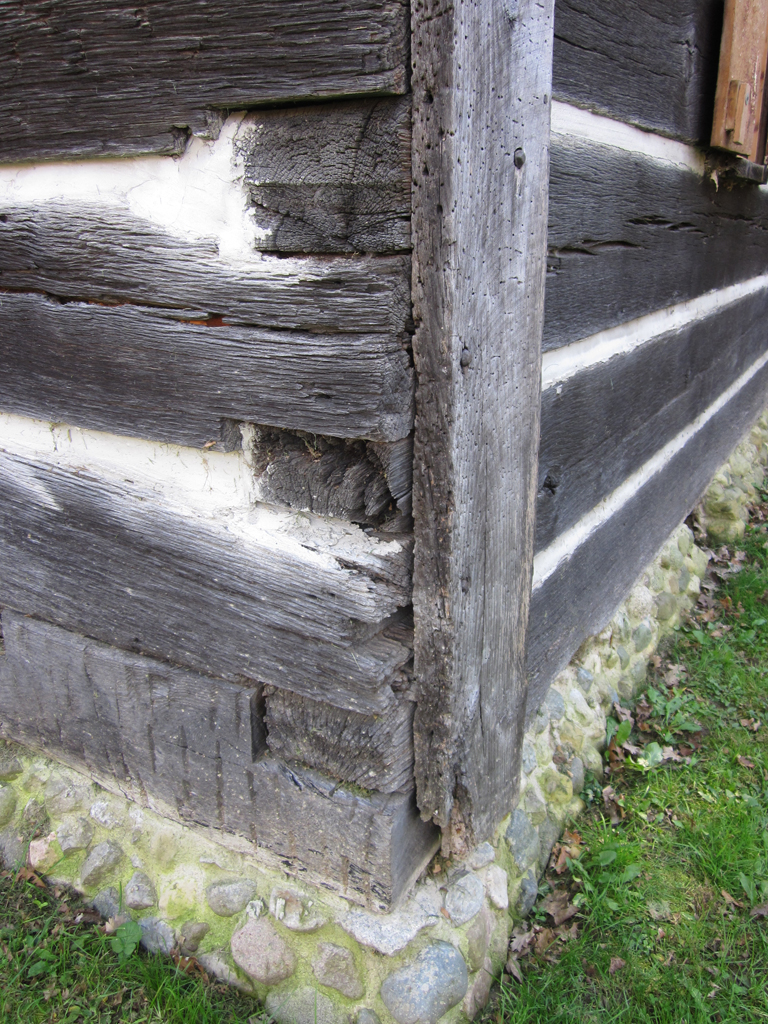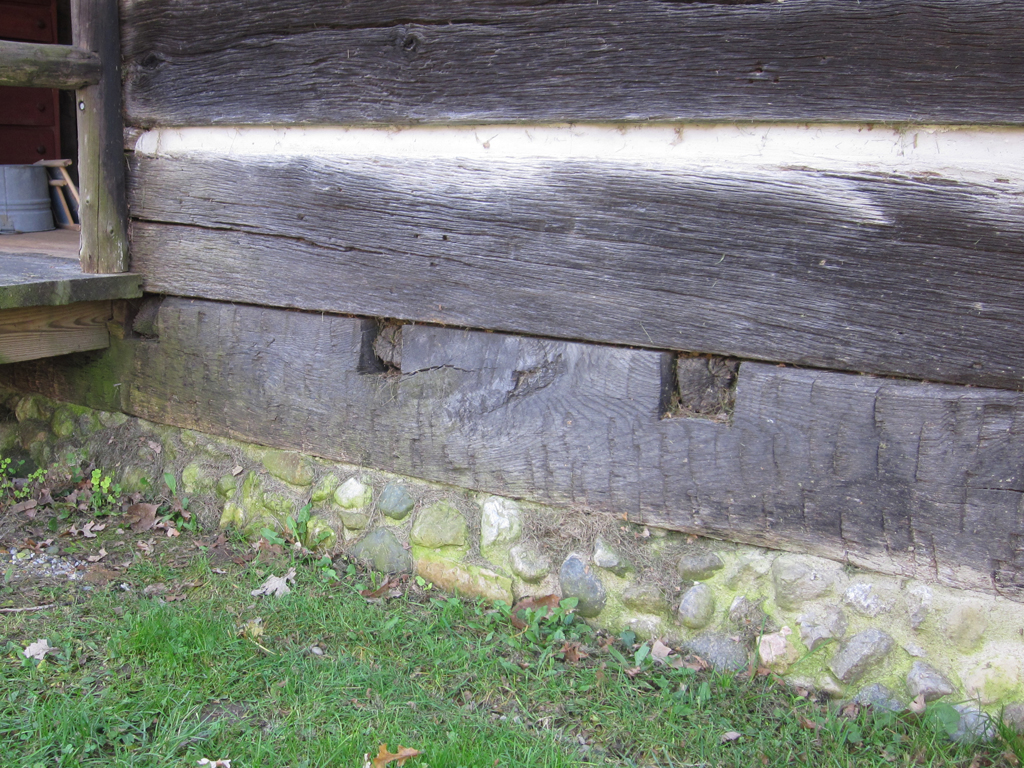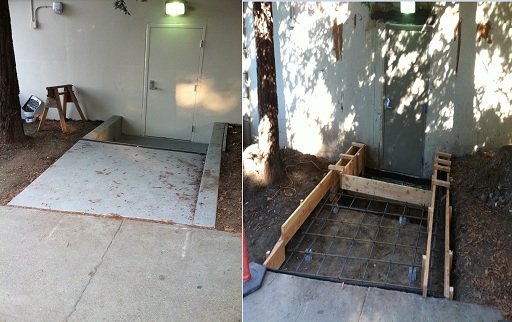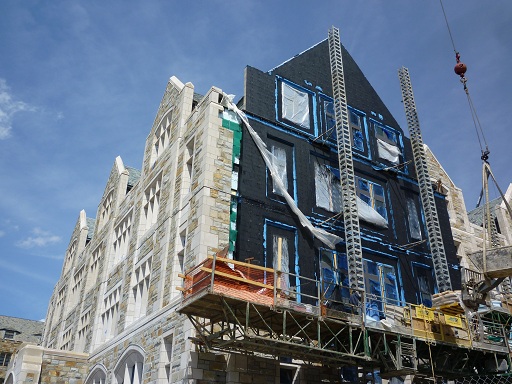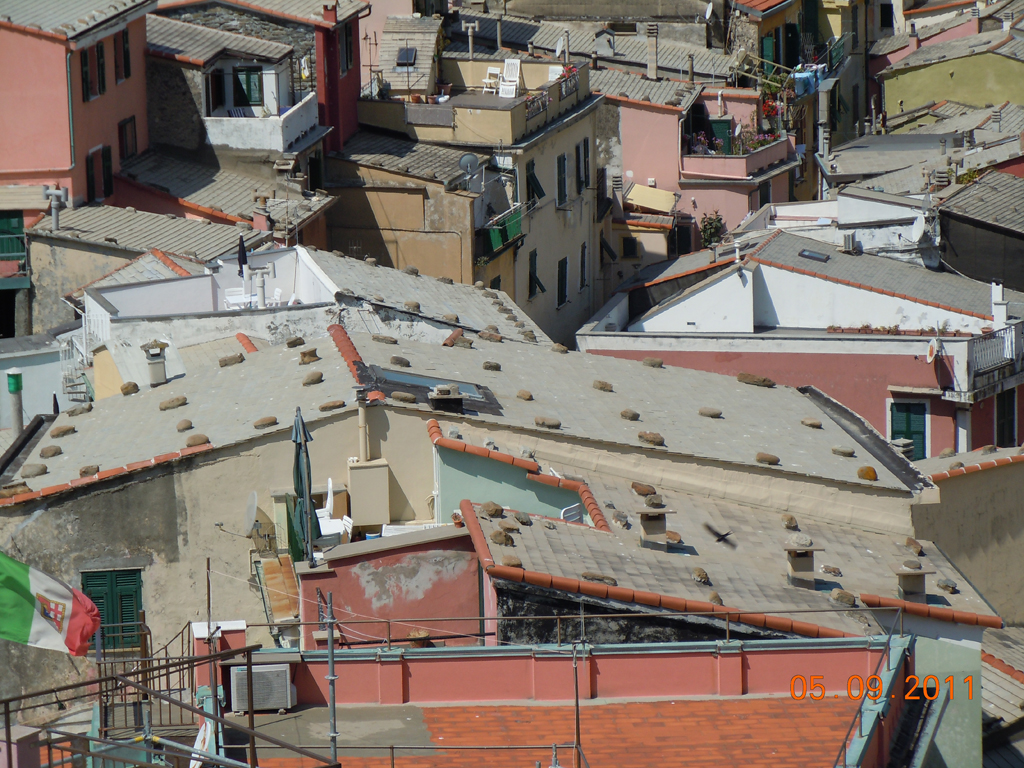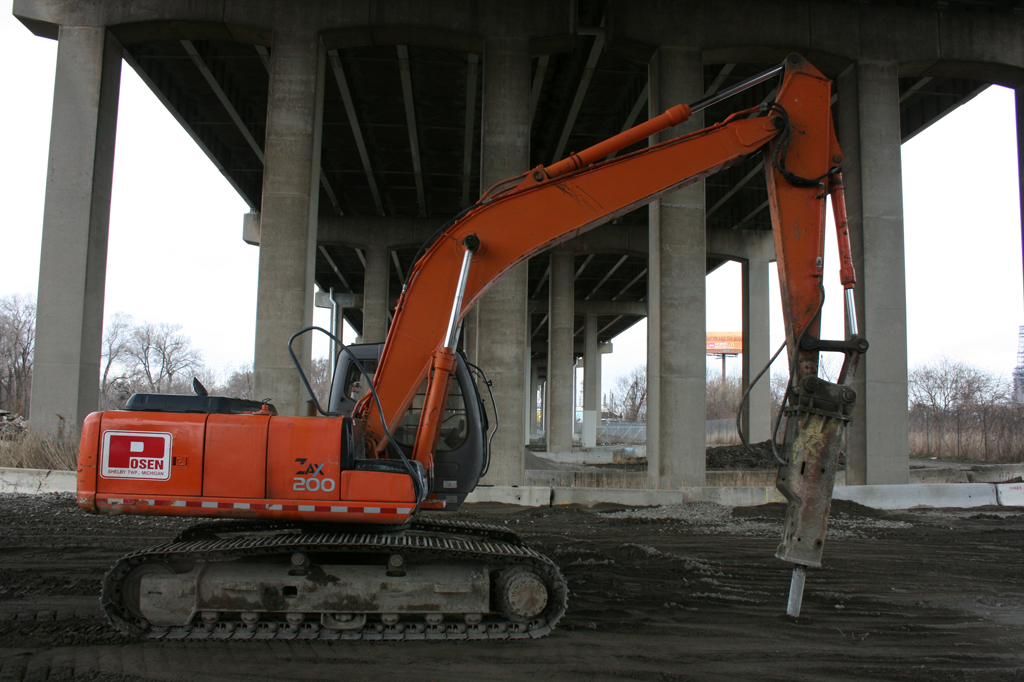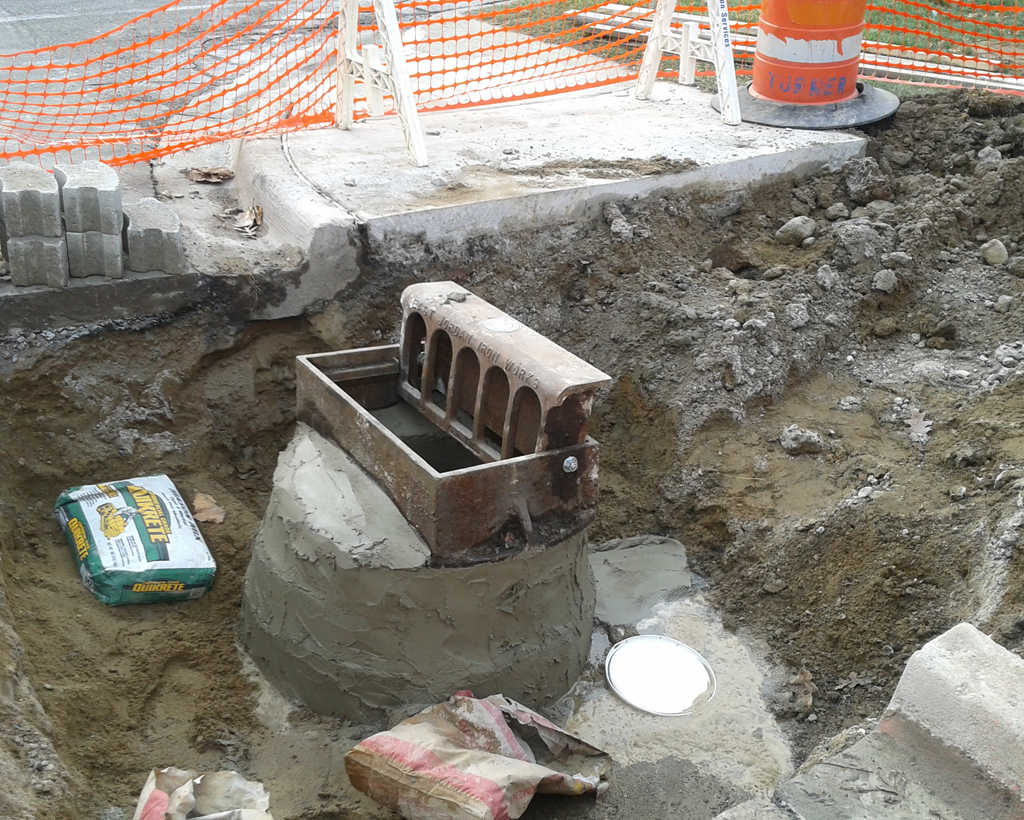
Photo Credit: Jessie Benaglio
Shown here is the repair of the top part of a manhole. This structure is a catch basin, as indicated by the type of cover. This cover is designed to be placed in line with a curb in a roadway. The fresh concrete that is supporting the cover in this photo could be called a riser or corbel. Usually, the riser is above the corbel, which is a cone shaped section which flares down into the structure. Since this is a repair, the riser and corbel are basically 2-in-1. The reason this catch basin was repaired was the settlement of the roadway over time which caused the drainage to become unlevel.
